Last Updated on September 30, 2023 by teamobn
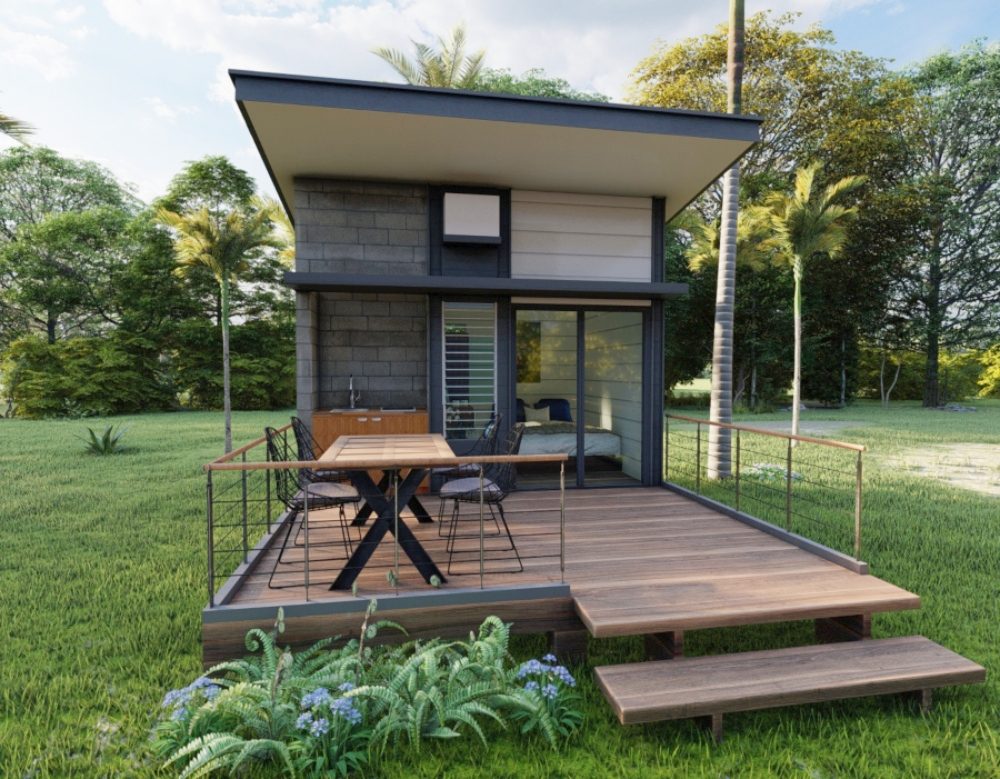
Living in a tiny house is gaining popularity among home buyers. A space-efficient home is not just a novelty, it is also a modern solution to the problems homeowners have.
Below is a guide on tiny house living to help you see if this is worth investing in.
Tiny House Basics
Definition by size and features
So, what exactly is a tiny house? Most people agree a tiny house is a home that’s under 400 square feet. Note that this is much smaller than your US home of around 2,000 square feet.
The use of space-efficient furniture and appliances makes tiny-house living popular. Common kitchen tables, beds, and sofas are a premium in most tiny homes. With the limitations, furniture that can be folded onto the walls or have different uses is installed in tiny houses.
The idea behind tiny house living is to be content with what you have and not have unnecessary clutters in your space. This philosophy challenges the American dream of living in a large house.
How Tiny Houses Differ
Regular Homes
Living in a regular home is what most of us know. These homes often have separate rooms for everything. Think of a kitchen, living room, multiple bedrooms, and maybe even a basement or garage.
They offer a lot of space, but they also have their drawbacks. Higher utility bills, more rooms to clean, and lots of stuff you might not even need. It’s easy to accumulate things you forget you have.
Tiny Houses
Tiny houses flip this script. In a tiny home, you don’t have the luxury of separate rooms for every activity. Many times, spaces have dual purposes. Your dining table might also be your workspace.
Your bed might fold up into a couch. Storage is usually built into stairs or under furniture. It’s about being smart with what you have. The focus shifts to what you really need. You’ll spend more time outside, engaging with the world and people around you.
In a tiny home, you become a space-saving ninja. You learn to let go of items that don’t serve a purpose. Unlike regular homes, where you might stash things in the attic or basement and forget about them, tiny living makes you conscious of what you bring in.
So, while both have pros and cons, choosing between a tiny house and a traditional home is like choosing between two different lifestyles. One offers space and comfort but comes with higher costs and responsibilities. The other offers freedom and simplicity but asks you to get by with less space and stuff. It makes you ask yourself, “What do I need to be happy?”
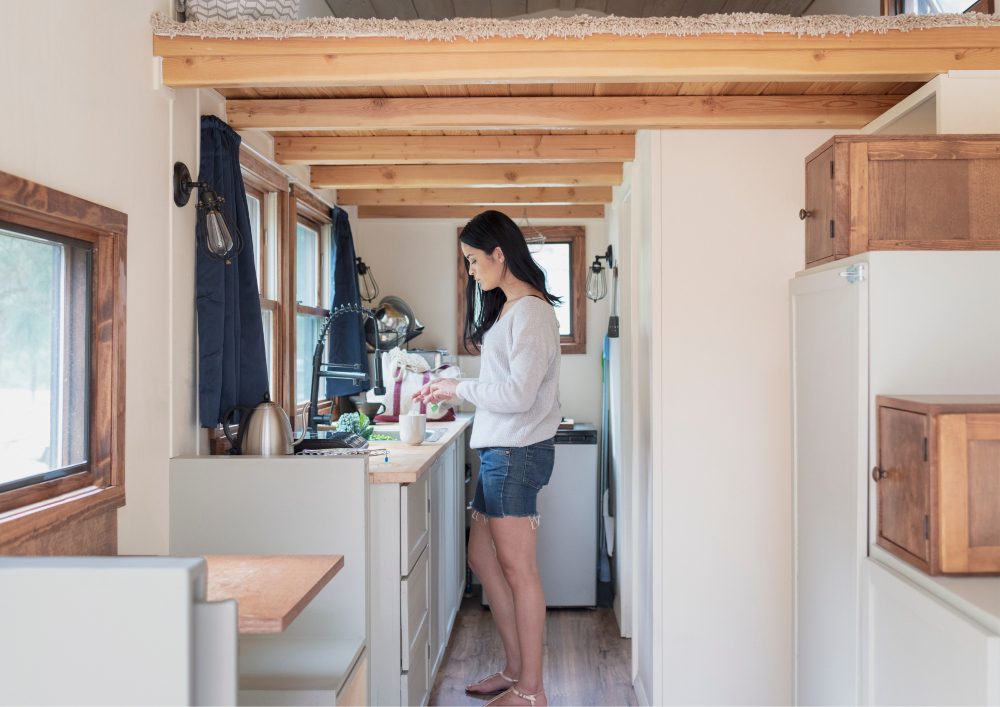
Benefits
Tiny house living isn’t just a fad; it’s a lifestyle choice that comes with some incredible benefits. From saving money to helping the planet, here are some of the key advantages you can enjoy when you make the switch.
Cost Savings
Tiny houses also mean tiny monthly bills and fees. The initial cost is often much lower than a traditional home.
The real cost saver is the electrical bills. A home that size requires a small amount of power to cool in the summer or heat during the winter. By saving electricity, you also bring down the carbon footprint of your tiny home. You are essentially cutting your costs down while saving the environment.
Simplicity and Minimalism
If you’ve ever felt overwhelmed by stuff, tiny house living might be for you. The small space encourages you to keep only what you need. There’s no room for that treadmill-turned-clothes-hanger.
A tiny house forces you to stop being a consumerist or someone buying things that are not necessary. You are not stuck with unneeded clutter in your home or credit card bills affecting your credit score. Tiny home living lets you enjoy a minimalist space that can do wonders for your mental and wallet health.
Mobility and Flexibility
If your home is a trailer, your house can be taken anywhere with you. Do you have a job opportunity in a different state? There is no need to find a new house while selling your old one. You just bring your home with you when you move.
A mobile tiny home also makes adventuring convenient. No longer are you bogged down by fully booked hotels. Your room comes with you on your trip, along with all of your creature comforts.
Strong Sense of Community
Most tiny homes are found in clustered groups. The closeness of your neighbors can build a strong community bond with tiny house living. Everyone is also enjoying the simple and minimalist lifestyle and the small electricity bills at the end of the month.
Tiny House Furniture
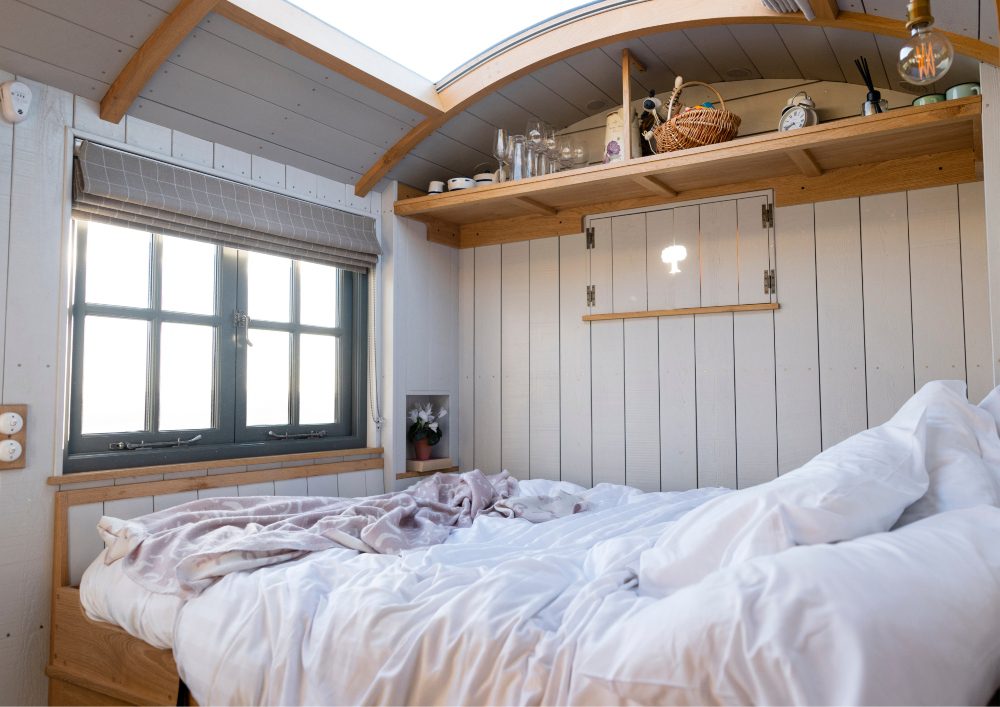
The backbone of all tiny house living comes from smart furniture options. Below are the objects to consider for your space-efficient home.
Multi-Functional Furniture
Multi-functional furniture is the superstar of tiny living. These pieces serve multiple purposes, making them ideal for tight spaces. It’s not just about having a place to sit or sleep; it’s about having furniture that can do both and then some. They’re practical and smart, designed to make your life easier.
Convertible Sofa Beds: A sofa by day and a bed by night, this piece is a space saver. The pros are its dual use and comfort. The con could be the time it takes to convert it.
Folding Desks: These desks attach to the wall and fold down when needed. They’re great for saving space but might lack the sturdiness of a regular desk.
Pull-Out Cutting Boards: A pull-out cutting board in the kitchen provides extra counter space when needed. It’s convenient but may not be as durable as a standalone board.
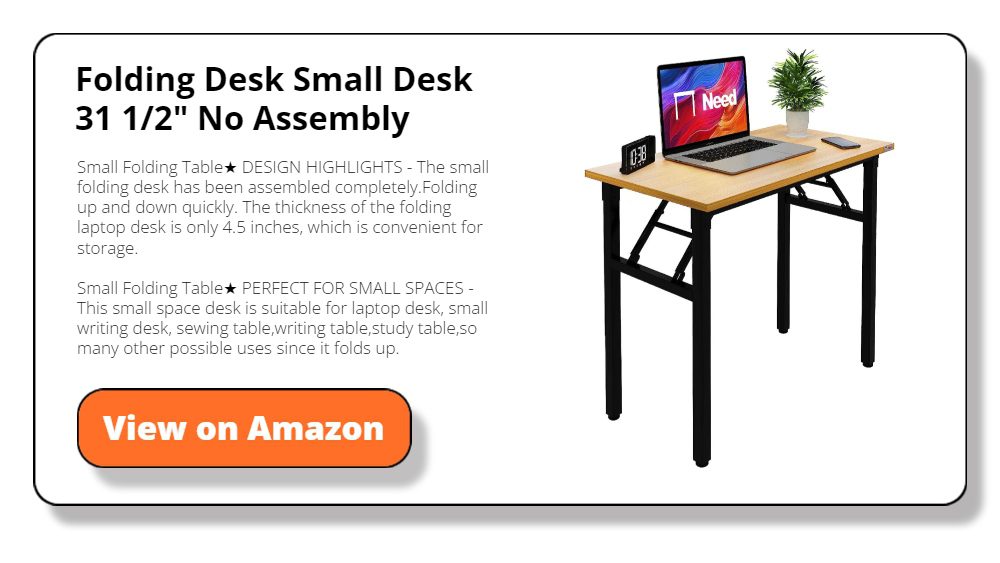
Built-In Storage Solutions
Built-in storage is all about making every inch count. Whether it’s stairs with drawers or hidden floor compartments, these solutions are designed to tuck away your belongings without taking up extra space. They’re like secret compartments that make life a bit like a treasure hunt, except the treasure is your stuff!
Under-Stair Drawers: Stairs in tiny houses often have drawers built into them. These are perfect for storing clothes or kitchen items. The downside is that they can be easily forgotten and cluttered.
Overhead Cabinets: Cabinets above your kitchen or workspace provide extra room. The pros are the added storage; the cons might be the difficulty in reaching them.
Hidden Floor Compartments: Some tiny houses have compartments built into the floor. They’re hidden and offer lots of storage. But remember, out of sight can mean out of mind, so they may become clutter traps.
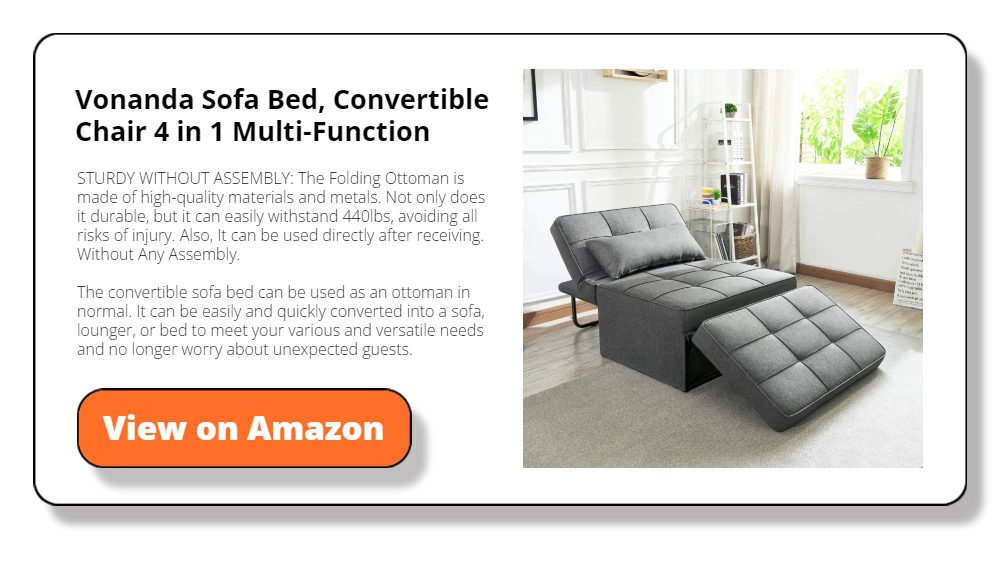
Space-Saving Kitchen and Dining
In a tiny house, the kitchen is where space-saving ideas shine. You’ve got to cook, eat, and maybe even work at the same table. Let’s look at furniture that helps you do all that.
Wall-Mounted Tables: These are attached to the wall and can fold down when not used. They save space but might not be as stable as regular tables.
Retractable Countertops: Pull it out when you need extra space for chopping veggies. Push it back when you’re done. The pro is added workspace; the con is that it can be less sturdy.
Nesting Stools: These stools can be stacked on top of each other. Great for extra seating that doesn’t take up space. The downside is they might not be as comfortable for long sits.
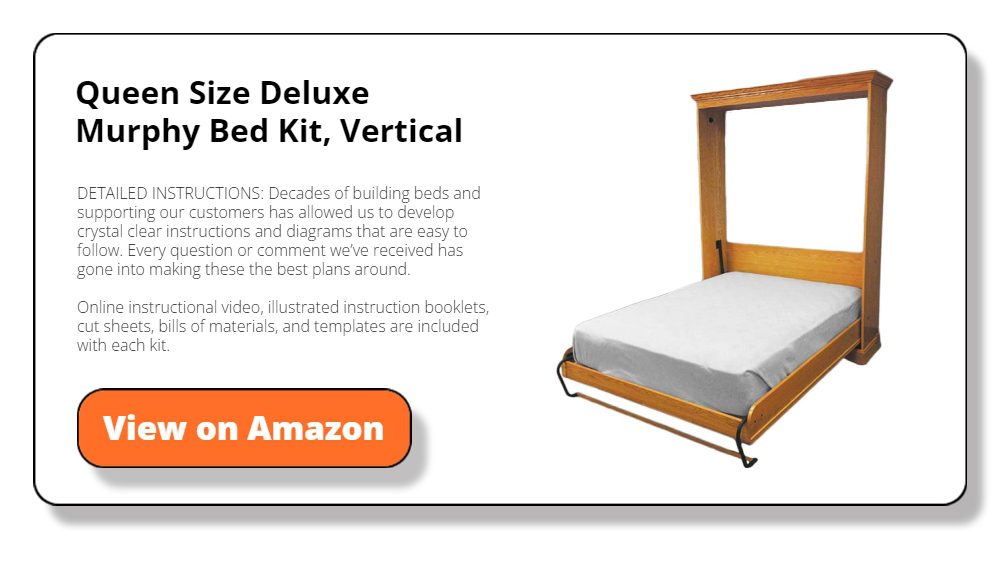
Compact and Transformable Beds
Tiny houses offer clever solutions beyond the regular bed when it comes to sleeping.
Murphy Beds: These beds fold into the wall when not used. They’re great for freeing up floor space but can be heavy and tricky to set up.
Loft Beds: Elevated off the ground, these beds make room for storage or workspace below. They’re a good use of vertical space but can be hard to climb in and out of.
Futons: These can serve as both a bed and a sofa. Convenient and flexible, they may not offer the best sleep support.
Drawbacks of Tiny Houses
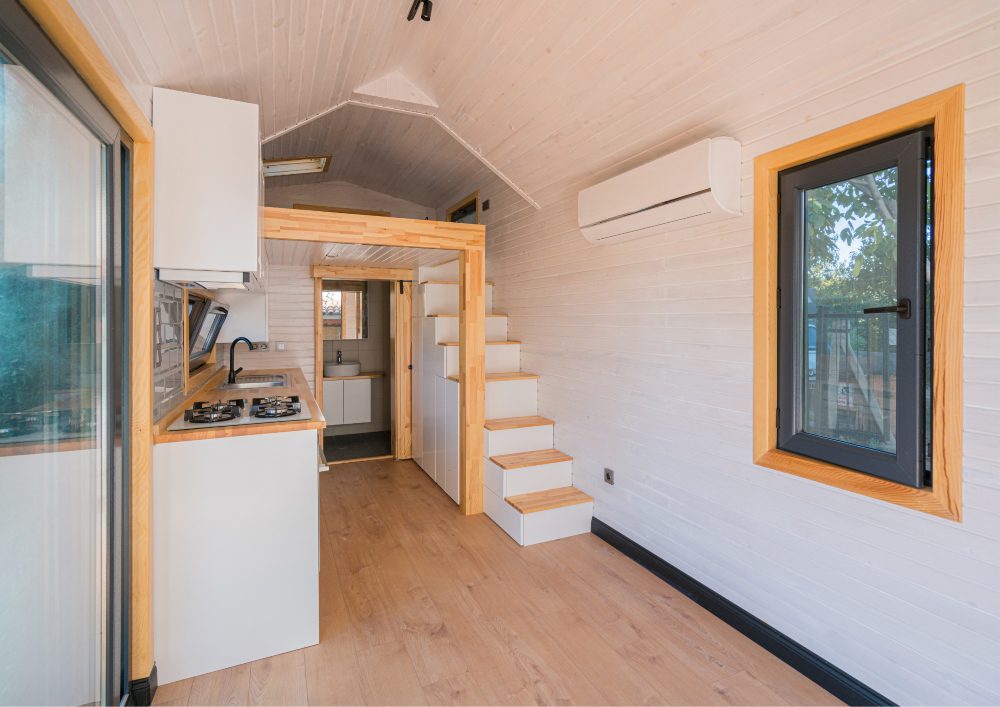
As great as tiny house living may sound, it is not for everyone. Below are the problems you can expect from a space-limited home:
Limited Space and Storage
Tiny houses are, well, tiny, and that can be a drawback. If you’re the kind of person who loves to collect things, this lifestyle might feel restrictive. Limited storage means you have to think twice about every purchase.
Plus, there’s less room to move around, which can feel cramped. Sometimes, you might miss the luxury of sprawling out in a big living room.
Zoning and Legal Issues
Tiny houses may have charm, but they often have big legal hurdles. Many places have zoning laws that don’t allow for such small dwellings. You might need special permits or park your tiny home in a designated community.
It can get complicated, and you can spend a lot of time figuring out where it’s legal to live. Even trailer homeowners must ensure they can legally park their house in the area or risk having their belongings towed.
Social and Family Constraints
Living tiny can also affect your social life. Hosting big dinners or having friends stay over? That becomes a game of Tetris in a tiny house. And if you’ve got a family, the limited space might create tension. It’s a closer way of living, for better or worse.
Kids have less space to play, and adults have less space to escape. It can be cozy, but it can also feel confining. Privacy can also be an issue for children who may build dependence on their parents.
Financing and Resale Value
Tiny houses might be cheaper upfront, but financing one can be tricky. Many banks are hesitant to give loans for these non-traditional homes. Also, if you ever decide to sell, the market for tiny houses is smaller.
This can make it harder to get your money back. On the plus side, you’re investing less money, but the flip side is the resale limitations.
Physical and Emotional Adjustments
Living in a tiny house isn’t just a change of space; it’s a change of pace. You’ll be closer to your family or roommates than ever before. For some, this closeness is a blessing. For others, it can lead to feeling cramped or stressed.
Plus, the limited space can make everyday tasks like cooking or getting dressed feel like a chore. It’s a lifestyle that asks for both physical and emotional adjustments.
Conclusion
Tiny house living is a definite statement among homeowners who want a sustainable and enriching lifestyle. Remember that a space-efficient home is smart with the furniture and appliances you buy.








